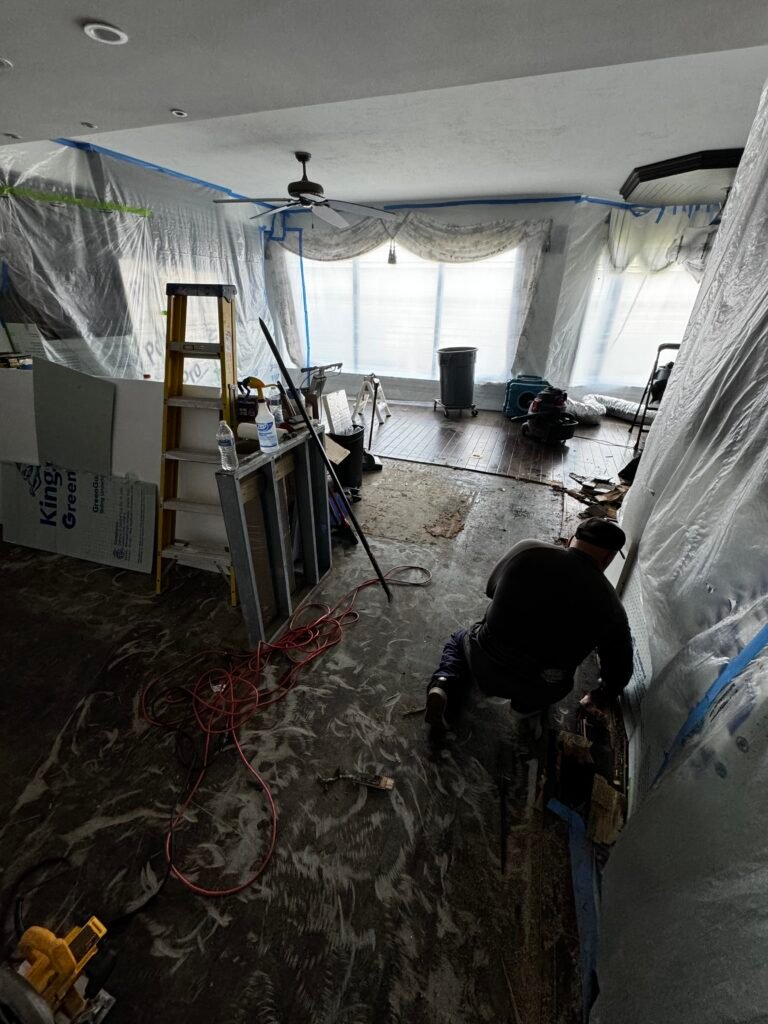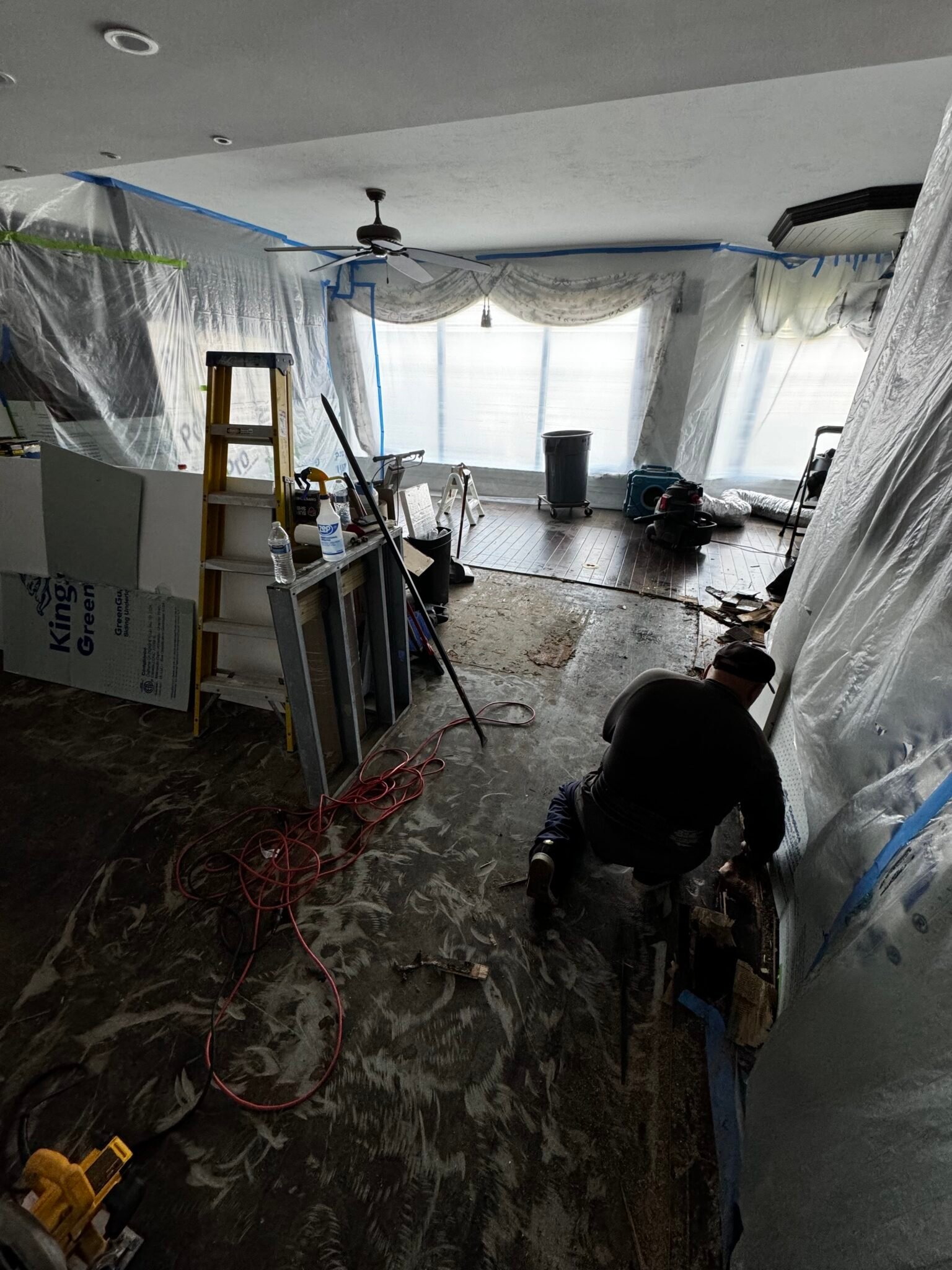The Shrinking Workforce Crisis
Florida’s construction industry has long been a pillar of the state’s economy, fueling infrastructure growth, commercial development, and housing expansion. However, the sector is now facing a critical issue: a shrinking workforce. Despite the continued demand for new construction projects, fewer skilled workers are entering the industry, creating a labor shortage that threatens to slow down progress across the state.
An Aging Workforce and Lack of New Talent
One of the biggest challenges contributing to the decline of construction careers in Florida is the aging workforce. Many experienced workers are retiring, and there aren’t enough younger professionals stepping in to replace them. With fewer apprenticeship programs and limited vocational training initiatives, the industry is struggling to attract new talent. Schools have increasingly pushed students toward traditional college degrees instead of trade careers, leaving many unaware of the lucrative opportunities in construction. As a result, construction companies are finding it difficult to fill essential roles such as carpenters, electricians, and heavy equipment operators.
The Cost of Living is Pushing Workers Out
Wages in the construction sector have risen due to labor shortages, yet the increasing cost of living in Florida has made it challenging for many workers to justify staying in the industry. Rising housing prices and inflation have forced many skilled laborers to relocate to states where the cost of living is lower, further exacerbating the workforce shortage. This trend has had a ripple effect, causing construction delays and increasing project costs for developers and homeowners alike. Without enough workers to meet demand, many projects face longer timelines, leading to frustration for both contractors and clients.
Automation and Technology are Reshaping Jobs
Another factor affecting the construction workforce in Florida is the growing reliance on automation and technology. While advancements in robotics, AI-driven project management, and modular construction have improved efficiency, they have also reduced the need for certain types of labor. Some traditional construction jobs are being replaced by machines that can perform tasks faster and more accurately. While technology is helping to fill some labor gaps, it also means that workers without specialized technical skills may find fewer job opportunities in the field.
Immigration Policies and Workforce Regulations
The decline of construction careers in Florida also ties into broader immigration policies and workforce regulations. The industry has historically relied on immigrant labor, particularly in roles such as roofing, framing, and general labor. Stricter immigration laws and increased enforcement have made it harder for companies to hire workers, leading to further shortages. With fewer workers available, some businesses are struggling to meet deadlines, and construction costs continue to rise due to labor constraints.
Efforts to Revive Interest in Construction Careers
Despite these challenges, there are efforts to revive interest in construction careers. Industry leaders are pushing for better vocational training programs and trade schools to encourage more young people to consider construction as a viable career path. Some companies are also offering better incentives, including higher wages, signing bonuses, and tuition reimbursement for apprenticeships, in hopes of attracting new workers.
The Future of Construction in Florida
Florida’s construction industry remains a critical driver of economic growth, but unless the workforce shortage is addressed, the state may face long-term setbacks in infrastructure development and housing affordability. The future of construction careers in Florida depends on increasing awareness, improving education and training opportunities, and adapting to the evolving needs of the industry. The challenge now is whether enough action will be taken to reverse the trend before it significantly impacts the state’s growth.







